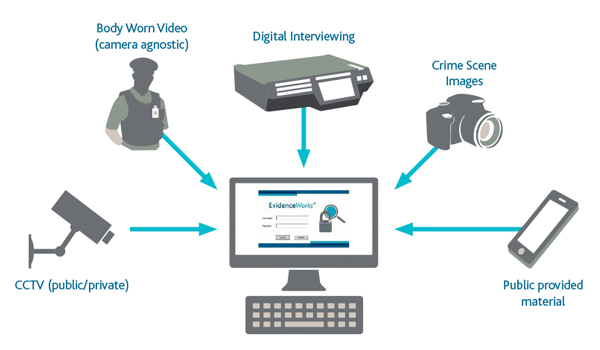Mapping technology to pinpoint signal crimes
A new project in Birmingham uses innovative hand-held web technology which allows officers and partner agencies to electronically map signal crimes.

A new project in Birmingham uses innovative hand-held web technology which allows officers and partner agencies to electronically map signal crimes.
Neighbourhood officers, police community support officers (PCSOs) and partners such as community wardens, have been issued with small PDA devices, which allows them to take a photograph of the signal crime and automatically email it to the organisation responsible for dealing with it.
The Respect our Neighbourhoods project is a 12-month joint police and partner pilot, that focuses on issues such as graffiti, fly-tipping, litter, abandoned cars, etc.
The system means the email is not only sent to the appropriate organisation, but is actually directed to the department responsible for dealing with it, said Inspector Paul Keasey, from Kings Heath, who is leading the project for WMP. This cuts down on bureaucracy and means the problem can be dealt with that much quicker.
The email report is automatically mapped onto a shared partnership website so the police and relevant agencies can provide the most appropriate service.
In addition to addressing the actual problem itself, the photograph taken on the PDA can also be used to take enforcement action, eg, in the case of fly-tipping, added Insp Keasey.
An evaluation of the system has shown that when the PDAs were first issued there was a clearance rate of 29 per cent. The clearance rate is now 93 per cent, with officers and partners taking action within days of being alerted to the signal crime.
In the next few months the pilot is going to be extended to selected community groups, which will allow members of the public to highlight signal crimes.
All of the research has shown that signal crimes are those which are most likely to increase peoples fear of crime, said Insp Keasey. We hope that by using this mapping technology we can act quickly and reduce the public`s fear and anxiety about crime and disorder.
National property ID system unveiled
A national property ID scheme for the UK is being created. For the first time, probably since the Domesday Book, a complete list of English property addresses will be available, updated in almost real-time.
The National Land and Property Gazetteer (NLPG), the first, definitive, national (England and Wales) address list that provides unique identification of properties and conforms to British Standards, is to be launched for commercial use on April 30.
The potential benefits of this important development are huge, from wider public sector and law enforcement use to commercial application in insurance, customer profiling, logistics and satellite navigation.
This local government-led project is based on the definitive list of standardised and authoritative addresses from local authorities in England and Wales. The NLPG represents the largest shared service of its type. The process not only brings direct benefits to individual local government bodies through efficiencies and service improvements but as an output, provides a definitive, live list of all property in England and Wales.


